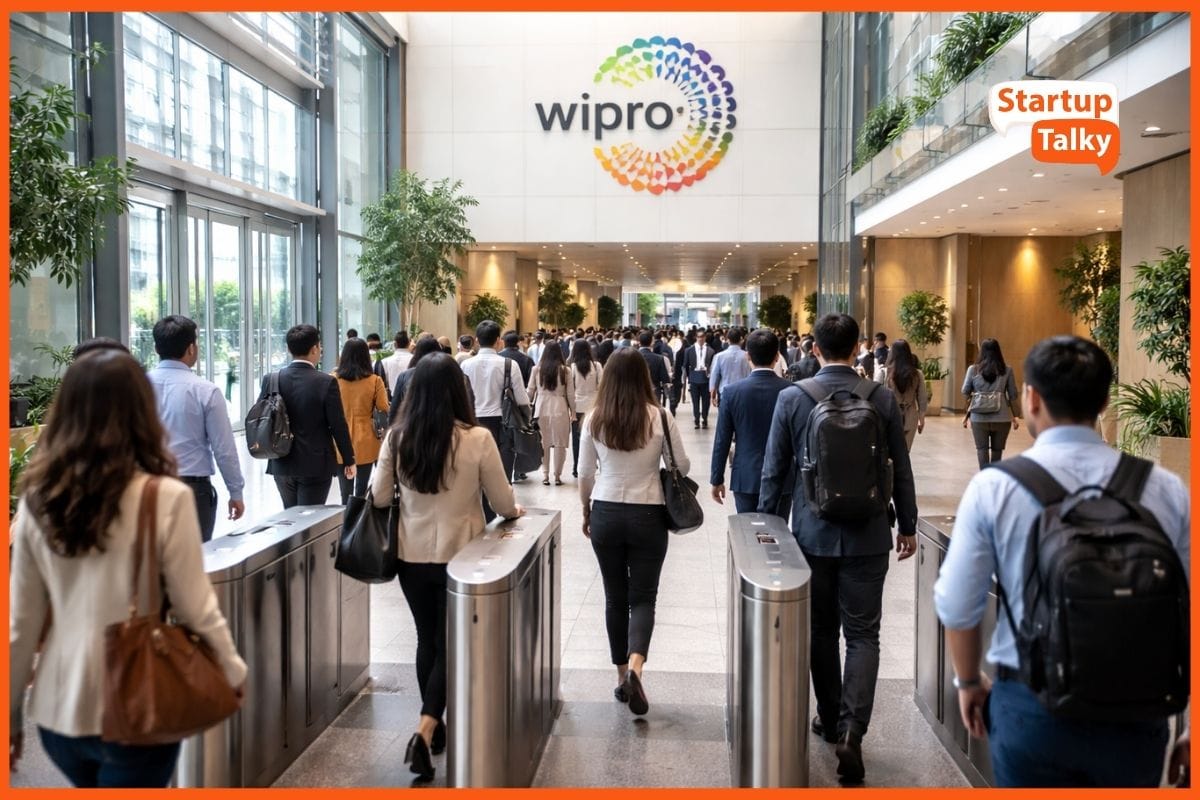Everything You Need to know about Hyperlocal Business Model
🔍Insights
Smartphones have become the game-changer for the on-demand delivery business models. Buying groceries to ordering food, purchasing medicine to renting furniture, the rise of on-demand apps have made our life easier than before. Consumers now prefer to get all their basic need services at their doorstep so that they can save that amount of time and can get relaxed till their order get delivered.
These on-demand apps have given acceleration to one such business that is known as hyperlocal business. The hyperlocal delivery business model is a perfect example of how technological advancements can unite with the age-old favourite shopping methods.
What is Hyperlocal Delivery Business Model?
Hyperlocal Delivery Business Model
Benefits of Hyperlocal Delivery Business Models
Supply chain models of a hyperlocal business
How to build a Hyperlocal Delivery Network?
Role of a hyperlocal delivery model in Covid-19
FAQ's
What is Hyperlocal Delivery Business Model?
The term ‘Hyperlocal’ refers to ‘a small geographical area’. Hyperlocal delivery model is when delivery of products is done within a particular geographical area. The pick up location from where the order is packed and the customer’s address should lie within the same pincode.
This kind of delivery model works mostly in cases of groceries, medicines, regular household items, food delivery and even services such as plumbers, electricians, carpenters etc. The USP of hyperlocal e-commerce businesses lies in their ability to deliver products and services at unbelievably fast speed.
Hyperlocal Delivery Business Model
Hyperlocal delivery model is defined as a business model in which the service aggregator acquires requested product locally and delivers the same to the customer in the same geographical area.

For example, let us consider a hyperlocal on-demand business in food. When The customer places an order for the required food item through the dedicated mobile application, The aggregator receives the order and passes on the order details to a delivery partner. The delivery partner dispatches a delivery boy to procure the requested item from a local store and makes sure that it reaches the customer at a requested location. The aggregator drives the entire system and earns a commission for the role it plays.
This model is applied to products as well as services like plumber, electrician, beautician, etc. The most popular example of a hyperlocal delivery model would be Zomato and Swiggy.
Benefits of Hyperlocal Delivery Business Models
Here are some of the benefits associated with hyperlocal delivery business model
Supports traditional Stores
The rise of e-commerce and online retail has been a threat to traditional stores. Hyperlocal delivery models provide them with an opportunity to optimize their sales.
Minimal Efforts Required from Retailers
Retailers can enlist their businesses on their respective platforms and grow their business. Everything from pickup to delivery is managed by the app aggregator. Hence retailers can grow their business with minimal effort.
Helps build a sustainable ecosystem
The hyperlocal delivery model is environment friendly as carbon footprints as long transportations are reduced.
Single Device management
A single mobile app can help you track, control and manage the entire hyperlocal marketplace.
Supply chain models of a hyperlocal business
Inventory-led model
The inventory-led model is where you source your products directly from the brands and sellers and create an inventory of them. In this model, you are playing a direct role in the hyperlocal market. You have to track the demands of your customers and manage your inventory accordingly. You have to direct a team to manage inventory accordingly.
Aggregator model
Aggregator model can also be called as zero inventory model. In this delivery model you act as connecting link between the retailers and customers to ensure last-mile connectivity and delivery.
How to build a Hyperlocal Delivery Network?
Choose the product you you want to deliver or sell
Firstly, you need to decide what products or services you would choose to deliver. Hyperlocal delivery models have tremendous utility and scope for success in a wide variety of sectors –restaurants, medicines, grocery, cabs, and hyperlocal logistics. You can target the local geographical locations and analyze the demand for a particular product or service.
Identify your Target Audience
Study the response of customers towards previous businesses. Your target audience may be busy professionals who have no time to head down to a restaurant for a meal, or you may target senior citizens who are unable to walk to their nearest grocery store.
Market your product in your locality
Your marketing strategy depends heavily on your target audience. You have to make your presence known by trying out different advertising methods that appeal to your audience.
Build local partnerships with delivery agents
Building the network is an essential part of any business. in this you must create partnerships with two different parties – a delivery partner and the local merchants.
You could receive the customer's orders through your mobile app and ask the local merchants to send their delivery personnel to deliver the order. You can also opt for partnering with a delivery agency. Often delivery partners charge a fixed price per delivery and impose a minimum delivery cap.
Decide on an Revenue model
Your revenue model depends on two sources – commissions from the merchant-partners and delivery charges from the customers. Your local partners pay you an agreed percentage of the order amount as commission on every order placed from their store. Your partners will be happy to pay you more if you bring them more business. You can charge your customers a convivence fee if you wish, as most businesses are providing free delivery services.
Launch a hyperlocal mobile app
Now you need to start working on the platform. You need to build separate mobile apps for iOS and Android for each of the three parties – the merchants, the customers, and the delivery drivers. A feature-rich, user-friendly app plays a major role in creating a solid customer base.
Role of a hyperlocal delivery model in Covid-19
Due to lockdown restrictions many hotels and restaurants had to shut down, this was the the right time to get online, especially for offline merchants who were facing business ups and downs during this crisis. Many restaurant's took their business online as they saw it as a fully wise decision to starting with an online business, so that even after the COVID19 crisis, they can get better growth.
To survive and thrive in the industry, you need a robust admin panel, an efficient and effective customer tracking app, and a powerful delivery driver app. Furthermore, you should always concentrate on a consumer’s satisfaction. Measuring customer satisfaction should become your daily habit – not something you do from time to time. You can expect a massive growth of such businesses in the near future.
FAQ's
1. What is a hyperlocal business?
Ans- Hyperlocal businesses are referred to as businesses where one wants to build a local ecosystem that enables customers to buy anything from their neighborhood stores. Hyperlocal includes all businesses in your locality, the nearby stores, Restaurants, Market, Malls, Hotels, and other products and service providers.
2. What is hyper local delivery model?
Ans- The hyperlocal delivery model is a type of model when the product delivery is done within a particular geographical area. The pick-up location of the order and the customer’s address should be the same. This type of delivery model works mostly in businesses like groceries, medicines, household items, food delivery businesses, and even in jobs such as plumbers, electricians, carpenters, etc.
3. How do I build a hyper local delivery company?
Ans- In order to start a successful business with a hyperlocal model, you should choose a strategic approach. Below mentioned is a step-by-step approach that lists the processes which involve a hyperlocal on-demand delivery business.
- Select the Industry
- Choose a Niche
- Identify your Target Audience
- Seal the Deal (Create Partnerships)
4. What are hyperlocal startups?
Ans- A hyperlocal startup is a type of business that supports other businesses in delivering products such as Locus or Shadowfax or in delivery of products through a marketplace-like platform like Dunzo or Swiggy with Swiggy Go, or any other startups operating in this space in the Indian market.
5. What is hyperlocal shipment?
Ans- Hyperlocal delivery is the process of delivering goods directly from a seller to the customer. It's the process that involves the operation of a courier agent picking up products from a seller and then delivering them directly to the customer's address.
Must have tools for startups - Recommended by StartupTalky
- Convert Visitors into Leads- SeizeLead
- Website Builder SquareSpace
- Manage your business Smoothly Google Business Suite





